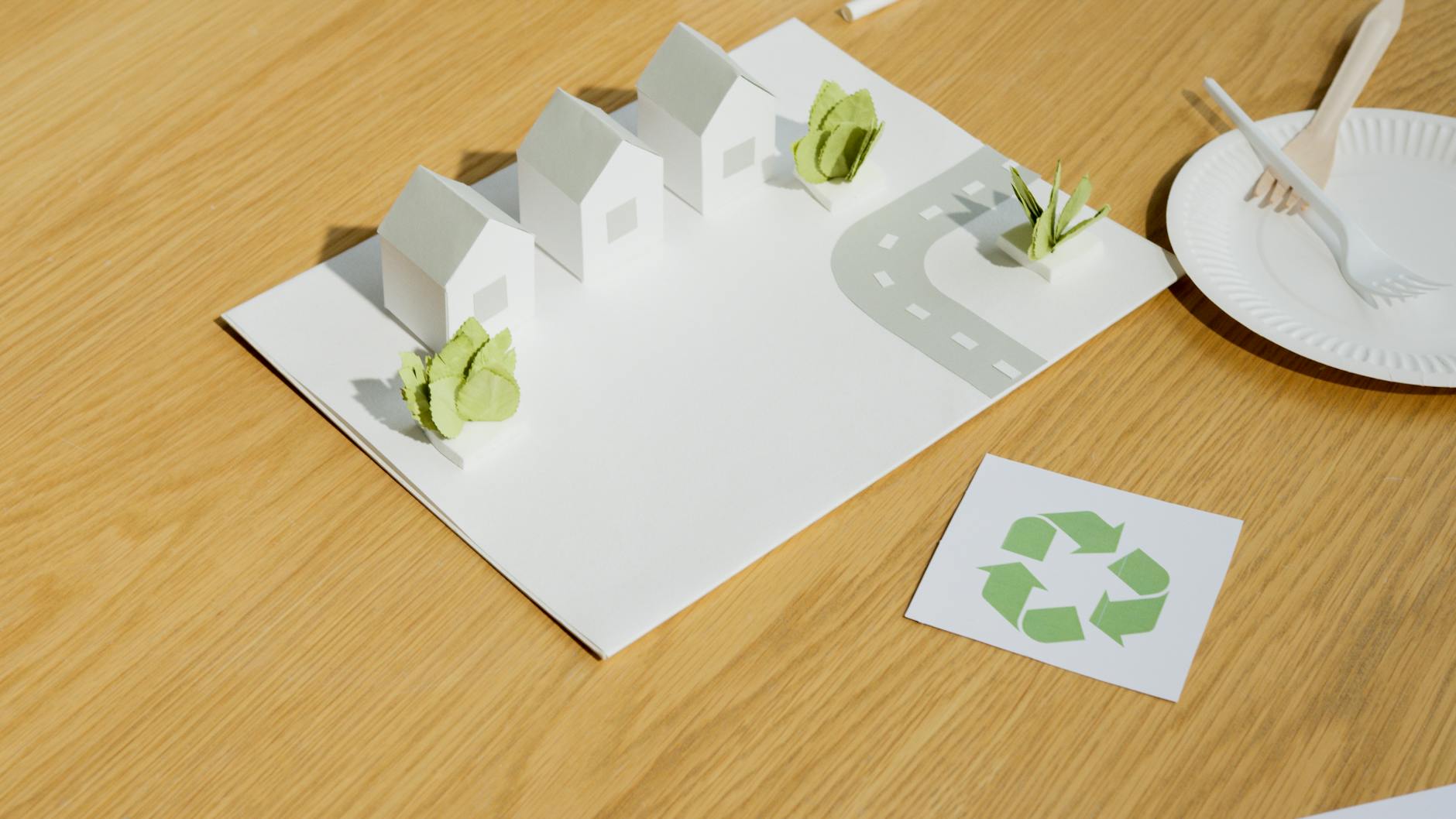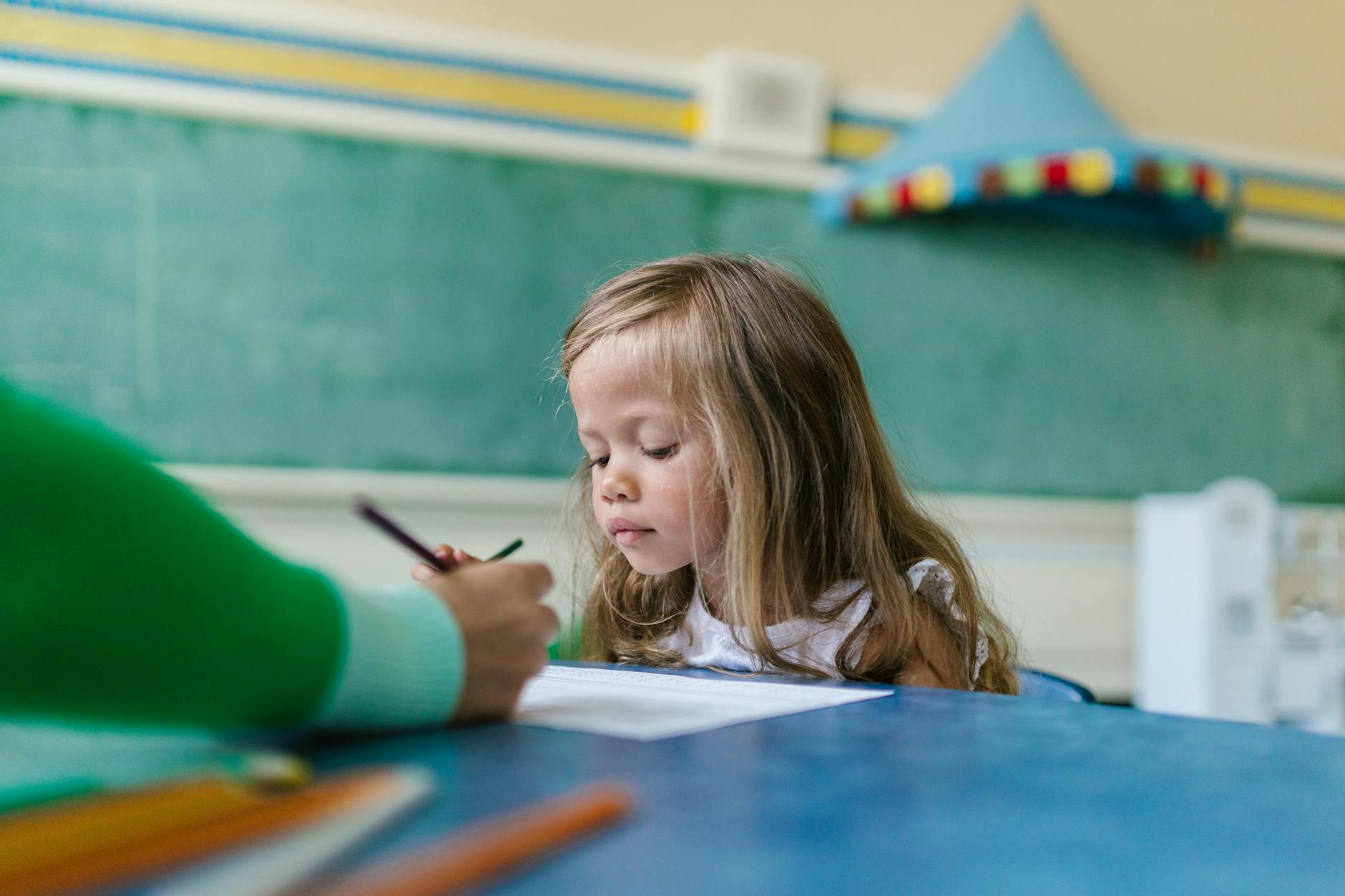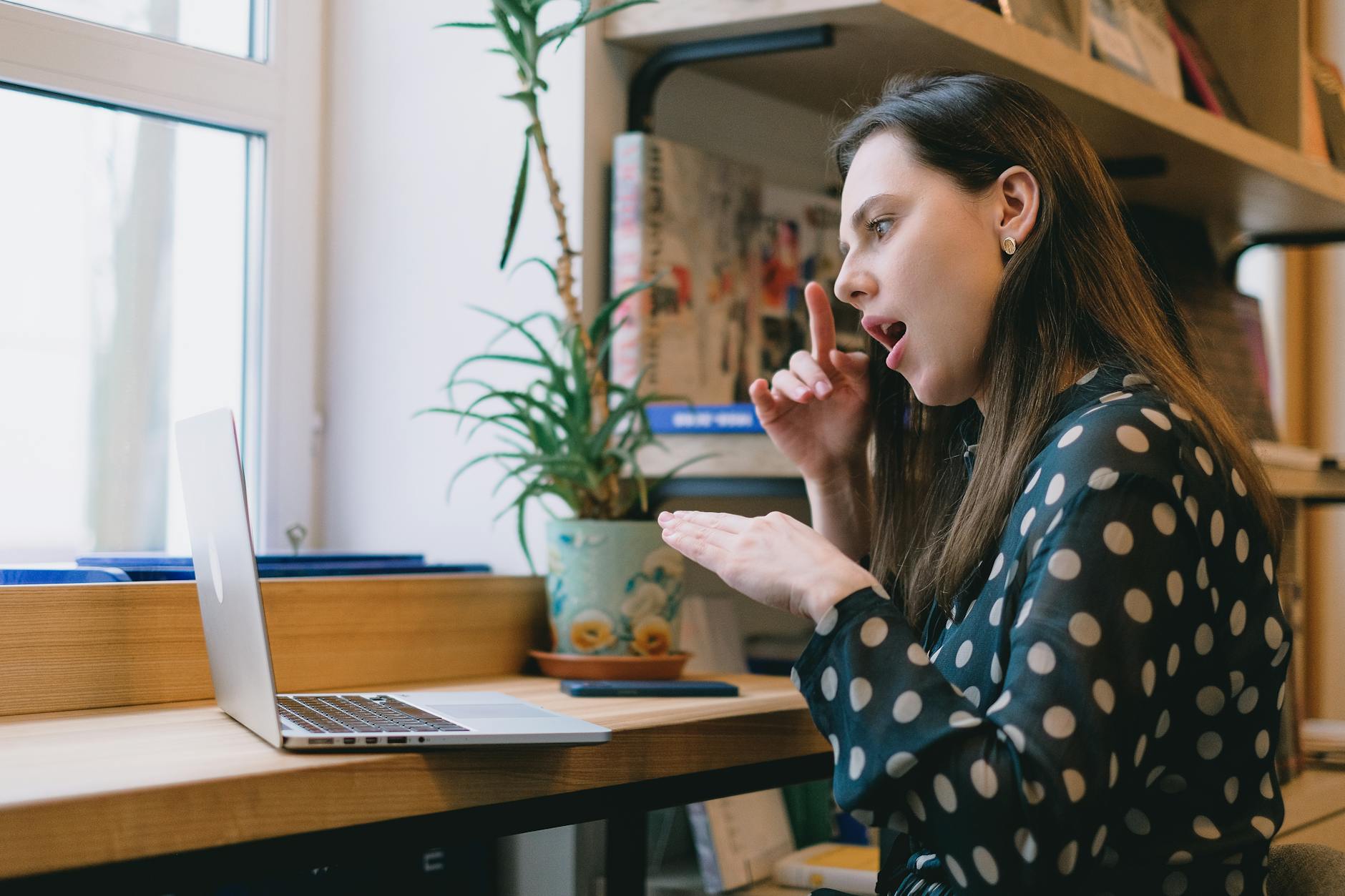Why Australia Is Central to Experiential Learning in Art Education

Innovative Art Programs
Unique Opportunities in Australia
Australia boasts a plethora of innovative art programs designed to nurture creativity among students. As an art educator, I’ve witnessed firsthand how these programs encourage students to push boundaries in their artistic pursuits. Emphasising hands-on experiences, the programs often integrate visits to iconic sites like the National Gallery of Victoria, where students can immerse themselves in rich artistic heritage. Such experiences Sydney offer unique insights into both classic and contemporary art, shaping young minds in ways traditional classroom settings may not.
Integrating Culture and Art
One of Australia's strengths lies in its ability to seamlessly blend culture and art within educational frameworks. Here, students are not just passive observers; they actively engage with art from diverse backgrounds, including Indigenous art, thus deepening their cultural understanding. Encouragement to explore creative methods like those offered in Melbourne's artsy laneways of Hosier Lane allows students to see art’s impact within different cultural contexts, sparking conversations that enhance their learning experience.
Technology in Art Education
Technology is revolutionizing art education in Australia, and it’s exciting to witness this transformation. By incorporating digital tools and virtual reality, educators provide students with new dimensions of creativity. These technologies break down geographic and cultural barriers, allowing students to explore global art scenes right from their classrooms. Engaging with such tech-driven experiences not only equips students with modern skills but also fosters a forward-thinking approach to art education.
Diverse Artistic Influences
Indigenous Art Inspirations
Australia's rich Indigenous heritage offers a wellspring of creative inspiration crucial for experiential learning. As an art educator, embracing these early cultural influences allows students to connect deeply with the stories and histories embedded within their surroundings. This approach not only enriches their learning experience but fosters respect and understanding for the country's first peoples. Educators often utilise interactive workshops at cultural centres like the National Gallery of Victoria, guiding students through the crafting of traditional symbols and patterns, while narrating their meanings and significance.
Multicultural Vibrancy
The cultural landscape of Australia is a vibrant patchwork woven from threads worldwide. Integrating this diversity into art education enables students to understand and appreciate various cultural narratives and artistic styles. Melbourne’s artsy laneways, such as the iconic Hosier Lane, serve as invaluable resources for direct engagement with multicultural art forms. In these spaces, students can explore and annotate street art from multiple cultural perspectives, each uniquely contributing to the city's dynamic texture.
Local and Global Perspectives
Balancing local artistic themes with global perspectives fosters a comprehensive understanding of art’s influence across borders. Classroom projects might range from exploring local pottery traditions, with experiences such as pottery classes Melbourne, to analysing international art movements that echo Australian practices. Such an educational approach equips students with a broader worldview and prepares them for future exchanges in an increasingly interconnected global art community.
Natural Landscapes as Classrooms
Outdoor Learning Experiences
Teaching art in Australia offers a distinctive opportunity to transform its breathtaking natural landscapes into vibrant classrooms. Imagine taking your students on an excursion to Melbourne's lush Botanic Gardens, where art intersects with nature. These settings inspire students to explore creativity beyond traditional confines, engaging them in a real-world classroom date ideas. This method of experiential learning allows them to observe and conceptualise firsthand, fostering deeper connections with their environment.
Environmental Art Projects
Environmental art projects are an opportunity to blend creativity with awareness. They engage students in discussions about sustainability while allowing them to express their ecological concerns artistically. In a workshop, students might craft sculptures using recycled materials or create installations on the banks of the Yarra River that reflect environmental themes. Encouraging collaboration in these projects ensures diverse perspectives, leading to a richer learning experience and a sense of accomplishment when contributing to a positive environmental impact.
Conservation Through Art
Conservation through art is a powerful tool for awareness and action. In Melbourne, using local landmarks such as the National Gallery of Victoria can serve to juxtapose traditional art with contemporary ecological themes. Organising exhibitions where students present works focused on conservation can galvanise the community, inviting discussions and solutions to environmental issues. This approach not only cultivates artistic skills but also empowers students to become advocates for change, merging creativity with responsibility.
Collaboration and Community
Interdisciplinary Projects
Art education in Melbourne flourishes through interdisciplinary projects that uniquely meld various fields of study. As an art educator, harnessing the dynamic energy of creative collaboration can transform lessons into vibrant explorations of knowledge and art forms. One effective method is integrating environmental science with art, allowing students to create artworks that reflect ecological themes. This approach not only promotes creativity but also instills a deeper understanding of important issues such as climate change.
Within the artsy laneways of Hosier Lane, workshops often bring together artists and scientists to create community murals that provide both aesthetic appeal and educational insights. Organising similar collaborative ventures can draw students into discussions about sustainability and inspire innovative thinking in their artistic practice. This not only enriches their learning experience but also creates an environment that values multidisciplinary contributions.
Community Art Initiatives
Incorporating community art initiatives can significantly enhance art education by fostering a sense of belonging and shared purpose. Melbourne's vibrant art scene provides many opportunities for students to engage with community projects, such as murals or public sculptures. Encouraging participation in events like these can provide students with practical experience, showcasing their work beyond the classroom.
Projects held at Abbotsford Convent, for example, often engage local communities in craft workshops that anyone can join, allowing students to see the impact of art in everyday life. By connecting students with their communities, they gain invaluable insights into how art can address social issues, spark conversations, and foster communal pride.
Partnerships with Local Artists
Creating partnerships with local artists provides students with exposure to professional practices and diverse artistic perspectives. Collaborating with artists from Melbourne's art community can inspire students and give them a real-world perspective on career paths in the arts. These partnerships often result in enriching programs where students can directly learn from artists about their creative processes and the challenges they face.
Organizing studio visits or hosting workshops in cooperation with local talents can elevate the enthusiasm and engagement of students. These experiences, whether aiming to make practical gifts for mum or exploring new artistic media, can deepen students’ appreciation for the artistry and dedication required in professional art practice. Through these efforts, students emerge not only as better artists but as informed individuals ready to contribute to their communities.
Navigating Challenges in Art Education
Tradition Meets Modernity
As art educators in Melbourne, we face the dynamic challenge of harmonising traditional artistic methods with modern innovations. Walking through the textured history of Australia's western art at the National Gallery of Victoria, we see how classic techniques enrich contemporary practices. I encourage incorporating both time-honoured skills like sketching and newer methods such as digital art platforms. By doing so, we create a curriculum that respects the past while embracing the future, ensuring students have a holistic approach to art.
Ensuring Accessibility and Inclusivity
Creating art education programs that are accessible and inclusive is vital. In the eclectic pathways of Hosier Lane, the vibrant murals reflect a myriad of voices. It's clear: representation matters. I propose designing projects that cater to diverse backgrounds and abilities, possibly inspired by collaborative mural projects. Offering workshops that are bilingual or adaptable for students with disabilities will enrich the learning environment, fostering both empathy and creativity.
Creative Solutions for Resource Limitations
Limited resources should not stifle creativity. Craft workshops at Abbotsford Convent prove that with resourcefulness, we can create profound art experiences. I suggest leveraging local materials and communal efforts. For instance, arranging art supply swaps or utilising recycled objects for installations can triumph over budget constraints. Schools might also consider partnerships with local art communities or applying for funding through art grants, ensuring that students remain inspired and resourceful.


